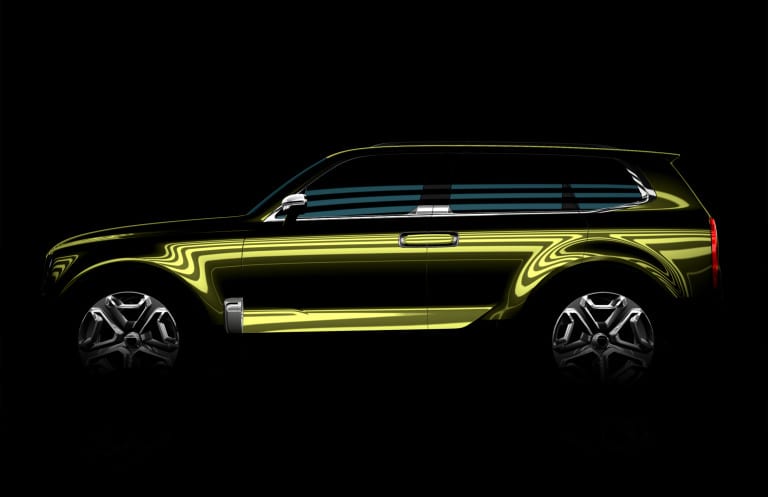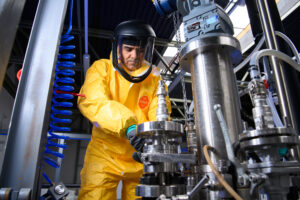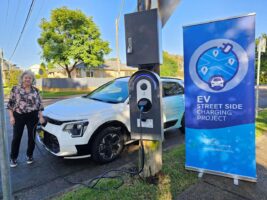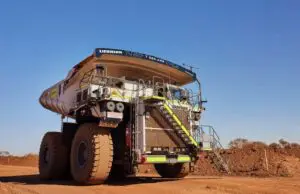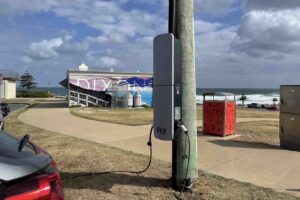Hyundai was a late bloomer in the fuel efficiency game, only bringing its Sonata Hybrid to market in 2010, the same year as the third generation of the incumbent Toyota Prius arrived on the scene. Since then, the two paths have diverged, with Toyota running off towards hydrogen fuel cell bliss while Hyundai continues to explore fuel efficiency.
Hyundai was not content with just a hybrid drivetrain. Plowing forward towards the future, it developed a new platform with hybrid, plug-in hybrid, and full battery-electric versions of the newly minted Hyundai Ioniq, which it put into the spotlight for the first time at the New York International Auto Show.

And Hyundai has no plans to let up this crazy, accelerated rampage of R&D. Auto News recently broke the story of the new Hyundai and sister company Kia masterplan to plow straight on towards the future with plans to introduce 26 hybrids, plug-in hybrids, and fully electric vehicles by 2020.
Hyundai and Kia are going all in on this bet to not only lead the charge towards the next generation of automobiles but, critically, in doing so, they plan to head up the race towards reduced emissions, driving reductions in advance of forecasted policy changes. If Hyundai and Kia ever had the opportunity to throw down at a game of Texas hold ’em, this would be the hand where they threw down and went all in because that’s exactly what’s going down.
The blitz approach is comprised of 12 hybrids, 6 plug-in hybrids, 2 battery-electric vehicles, and 2 fuel cell electric vehicles split between the two megabrands. With Hyundai already proudly rocking the Sonata Hybrid and Sonata Plugin Hybrids, with rumors of a new electric brand dubbed “AE” being spun off, it’s anyone’s guess where the new models will surface, but it stands to reason that Ioniq is included in the count, having just arrived on the scene.

Kia, on the other hand, has been sporting the Soul EV with its 93 miles of all-electric range (AER) for a few months now and has garnered glowing reviews across the board. Kia is also getting in on the plug-in hybrid game, with two completely new versions this year — with the Telluride PHEV and the Optima PHEVs having had their respective covers blown in the early months of the year.
The man in charge of the plan to green up the pair is Lee Ki-Sang, Senior Vice President of the Hyundai Motor Group’s Eco Techology Center. He shared that sales of electrified cars account for an anemic 1% of global sales across the two brands. While current sales are terrible, the flip side of that same coin is that there is really only one direction for electrified sales to go — up.
In a curious overlap, the strategy for driving volume of electrified vehicle sales (and, more importantly, making them profitable by 2020) has borrowed the Ioniq moniker and is called “Project Ioniq,” as announced at the Geneva Motor Show. The borrowed name also speaks to the intention to share and reapply as much common technology between the two brands and between platforms within the brands as possible. Standardizing the number of new parts that have to be developed to simplify the overall supply chain and manufacturing process is a key philosophy within Project Ioniq.
The journey promises to be fraught with challenges as Hyundai and Kia charge into unfamiliar electrified territory, but as with any move into a new business segment, the risk parallels an equal or greater opportunity if they do it right. Getting into the market first isn’t just a GM idea, and now Hyundai & Kia want pieces of the pie … but can they deliver?
Time will tell, but if history is any indicator, Hyundai had to move quickly to successfully bring the handful of hybrids and plug-in hybrids to market that are selling like hotcakes today, and that seems to bode well for the future. I know I’ll be watching.
Source: CleanTechnica. Reproduced with permission.

